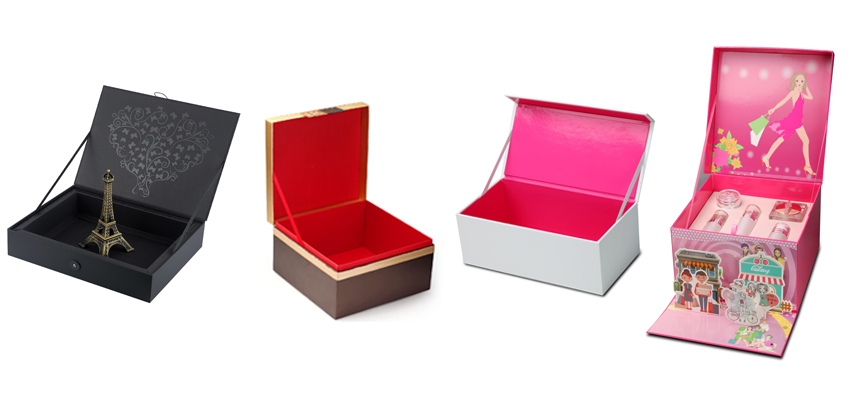The research team led by Dr. Lai Liangxue, Guangzhou Institute of Biomedicine and Health, Chinese Academy of Sciences successfully transformed human fibroblasts into neuronal restricted precursor cells (Neuronal Restricted Progenitor, NRP). Such cells can proliferate in large amounts under in vitro culture conditions, and only differentiate into neurons specifically, without producing glial cells. The research results were published online in the Journal of Biological Chemistry (JBC) on January 2. In previous studies, scientists directly induced fibroblasts into terminally differentiated neurons. However, the ability of neurons to proliferate in the body is limited, and only a few cells can survive and function, and the therapeutic effect of transplantation is not ideal. Many current studies will generate fibroblasts to produce neural stem cells (NSCs). NSC can differentiate into neurons and glial cells. However, studies have shown that NSCs are more likely to differentiate into glial cells than functional neurons after transplantation, which is not conducive to the application of neuron replacement therapy in the treatment of neurodegenerative diseases. In the process of neurogenesis, there is a class of cells that have the ability to proliferate and migrate, and specifically differentiate into neurons, called neuronal restricted precursor cells (NRPs). After transplantation, exogenous NRP cells can migrate and integrate into different regions of the brain to form various neuron subtypes, and have strong nerve repair capabilities. However, obtaining well-purified cells from normal nerve tissue is difficult and cumbersome. The research team directly transformed human embryonic fibroblasts into neuron-restricted precursor cells (hiNRPs) by transferring three factors, Sox2, c-Myc, and Brn2 (or Brn4), which only took 11 days. These hiNRP cells display unique neuronal characteristics in terms of cell morphology, expression of multiple neuronal markers, self-renewal capacity, and genome-wide transcription profiles. Moreover, these hiNRPs can differentiate into various terminal neurons in vivo and in vitro, rather than glial cells. This technology will potentially provide a new source of cells for cell replacement therapy in the treatment of human neurodegenerative diseases.
Hinged
lid rigid shoulder boxes , also called rigid set-up boxes with flap lid , are widely
used in display packaging . The general cover of hinged lid rigid shoulder
boxes are coated art paper or kraft paper , but it can be wrapped by any other
fancy material such as velvet , leather , suede fabric and so on -- Normally there
will be a ribbon to fix the lid so that
goods can be multi-directional displayed . Hinged lid rigid shoulder
boxes are warmly welcomed in the wine, jewelry industry not only for it`s
display function but also for considering saving space .
Attached you will find some pictures of hinged Hinged lid rigid shoulder boxes for reference .
Should
any project on Hinged lid rigid shoulder boxes be of interest to you , please
feel free to contact us for a quotation . Welcome to visit our factory anytime.
Hinged Lid Rigid Shoulder Box Hinged Lid Rigid Shoulder Box,Rigid Hinged Lid Shoulder Box,Luxury Hinged Lid Shoulder Box,Customized Hinged Lid Shoulder Box Huizhou Cailang Printing Products Co.,Ltd. , https://www.paperboxs.nl
